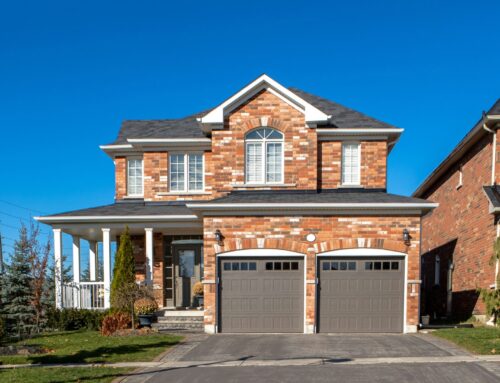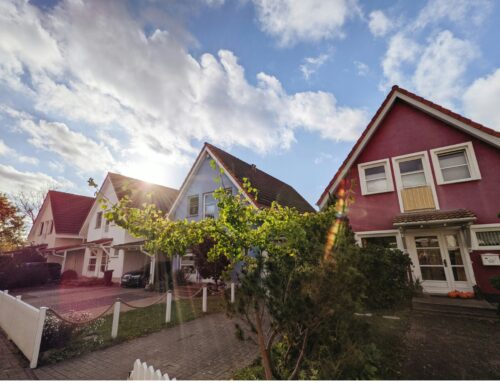Denver Metro Area Real Estate Market Review
July 2023
Well July certainly through many indicators of a shifting market into the Denver Metro Area. Where normally July rises to a peak in home sales which holds through to September, this year we saw a further cooling of the markets. Listening to pundits and talk show hosts would have you believe the market is about to see a huge upcoming upheaval in the real estate market. This isn’t what we’re seeing in the Colorado Front Range, even as the market cools a little. We would say the shifting market is putting the focus on different areas, rather than the constant migration to sprawling metropolitan, suburban areas. Let’s take a look at some of the numbers and see what they say about the Denver Metro Area Real Estate Market.
Denver Metro Area
The median sales price of homes in the Denver Metro Area dropped 1.58% from June, down to $590,000. This price is hovering around the same median sales price of last year. Though sales prices are stagnant, home valuations in the area continue to rise. Homes are still on the market a median of 9 days, averaging about 23 days on the market overall. The average is so skewed so greatly because there are higher priced homes still lingering on MLS, which generally take longer to sell. With higher mortgage interest rates, these higher priced homes are taking longer than normal to sell. A fair amount of homes are selling below list price, giving buyers negotiation opportunities when drawing up contracts. The longer a property has been listed, the more likely the seller is willing to negotiate.
Boulder County
Per usual, the same ‘usual’ we’ve come to expect from Boulder County’s Real Estate Market, we saw growth in almost every statistic. Housing prices reached $840,000, an increase over last year and last month. The number of homes sold in July increased, as well as new homes that went under contract. This follows a trend we’ve noticed from people moving out of the city suburban life and into smaller, quieter suburbs farther from the central point of the metropolitan area. This makes Boulder, Longmont, and everything in between look very attractive. Homes are sitting on the market in Boulder County significantly longer than the rest of the Denver Metro Area. We know this is due to their valuations. This allows for quite a bit of negotiation power for both parties, and we’re seeing contracts with concessions from both parties. The percent of list price received was around 98.7% in Boulder County. This means buyers in July saved about $11,000 on average from the price listed, not including any other stipulations in the contracts.
Longmont
The median sales price of homes in Longmont held steady from last year, sitting at $560,000. This is, however, a dip from last month – down from $610,000. Homes are also staying on the market longer in Longmont, now up to 40 days on market as the median. These indicators are telling a story I think we know well. Longmont is a bit farther away from Denver than most commuters care to travel. With the calls to return to the office in 2023, buyers might be considering the cost of a commute. Now that Longmont’s home prices mirror most of the Denver Metro Area, it’s going to take more to compete if you’re looking to sell.
In general, the Denver Metro Area Market looks healthy still, even with indicators of the shift. Though mortgage rates remain around 7%, buyers are understanding their price ranges and taking their time finding the right home for them. Colorado is still seeing many transplants coming to this beautiful state; but we’re also seeing a large number of people moving away from Colorado – citing cost of living and homes as reasons to move away. And they’re primarily moving to the east coast (The Carolinas, Georgia and Florida). In the long run, this will help bring Colorado’s real estate market to a healthy balance again, with prices leveling out.





